How to pronounce commencer
Do you find the information below useful? If you do, you can get guides like it for 1,000+ French words by downloading this app for your iPhone or iPad.
| k |  | A French 'k' sound (often written "qu" or, as in English, "c") is generally pronounced in a similar way to the English 'k' sound of "skin", "scan" etc. In other words, it is not usually followed by a "strong burst of air" (aspiration) as in the 'k' sound of English "kit", "can" etc. If you are a native English speaker, repeat the word "cool" then "school" while holding your hand in front of your mouth. In the word "cool", you'll feel a stronger burst of air than in "school". In French, you always pronounce the 'k' sound as in English "school", without the strong burst of air. | |
| ɔ | 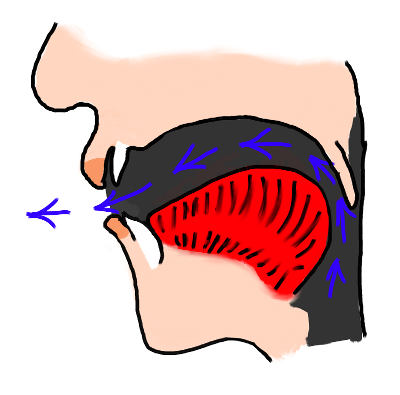 | To an English speaker, the French 'open o' vowel does not necessarily sound much like an 'o' vowel. In reality it is often much more similar to the "neutral" 'e' vowel of English "the". Hold the tongue in a position where you imagine the body of the tongue "slightly further back than the center of the mouth", with the lips slightly rounded. | |
| m | 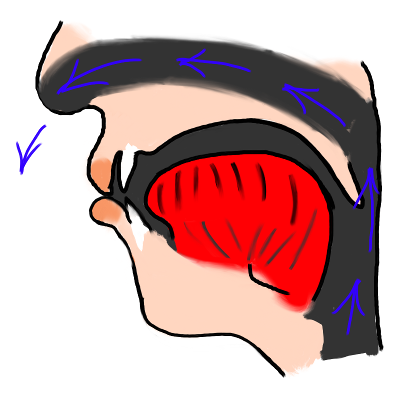 | The French 'm' sound is pronounced in a similar way to English 'm'. Just remember that the letter "m" at the end of a word or before another consonant doesn't represent an 'm' sound as such in French, but rather that the previous vowel is nasalized. | |
| ɑ̃ | 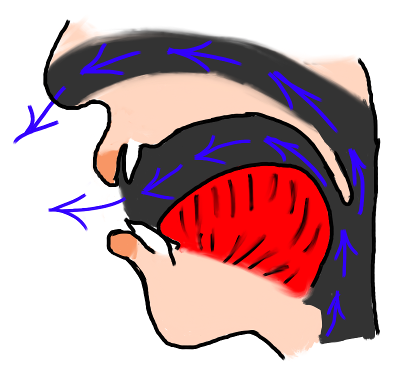 | This vowel is pronounced with the mouth relatively wide open and the tongue quite far towards the back of the mouth (similar to many English speakers' pronunciation of the word "are"). The vowel is nasalized: air escapes through the nose as well as the mouth. | |
| s | 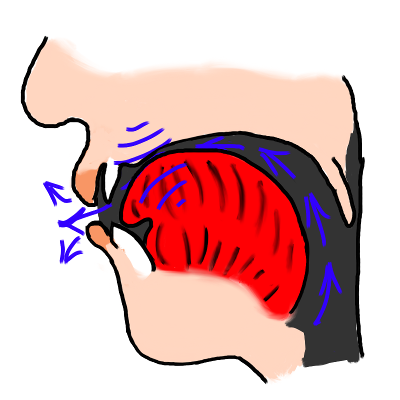 | A French 's' sound is made in a very similar way to an English 's' sound, by bringing the front part of the tongue very close to the ridge behind the teeth, causing friction as the air escapes. However, many English speakers use the very tip of the tongue, whereas in French it is common to use the part of the tongue just behind the tip (called the "blade" of the tongue). | |
| e | 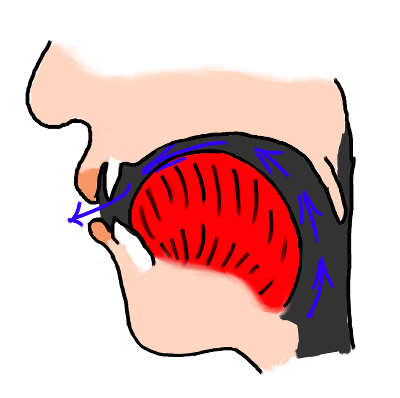 | The French 'close e' vowel, often written é, is pronounced with the tongue almost as far forward in the mouth as it will go, and fairly close to the roof of the mouth. Keep your lips fairly spread and aim to "hold your tongue and lips in position" (to avoid producing it as a "glide" or diphthong) as you pronounce it. |